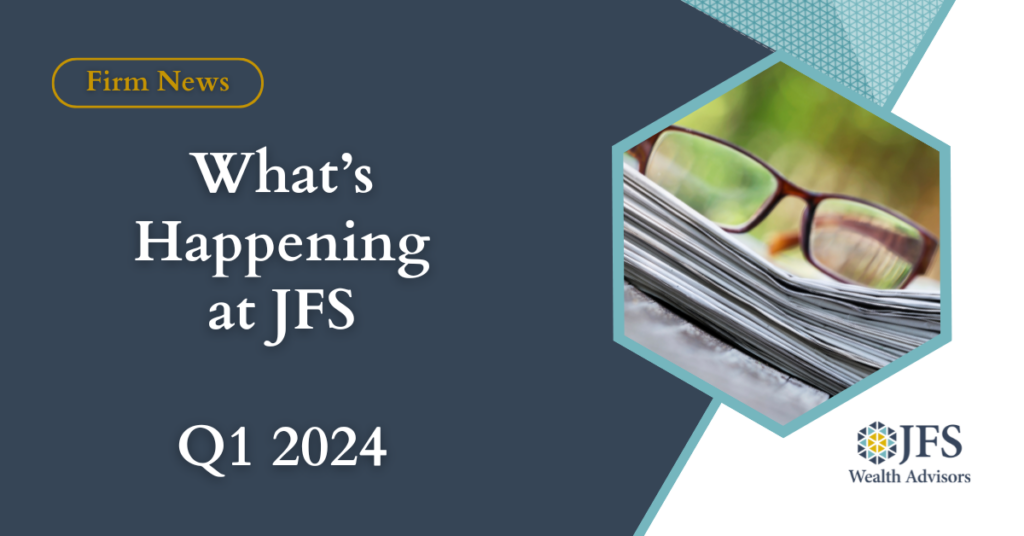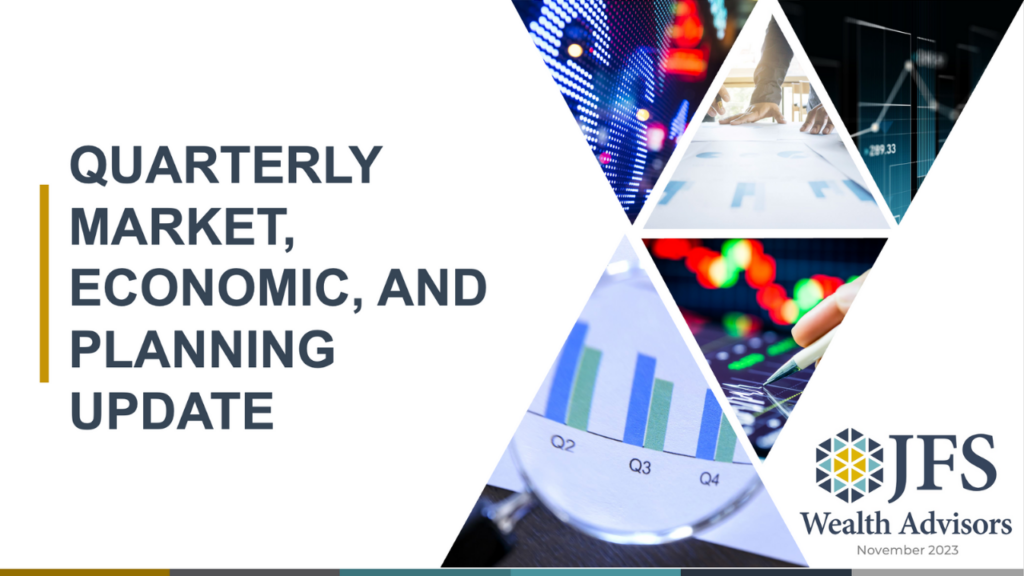It has been, to put it mildly, a bumpy ride of late for global financial markets. As my JFS and Investment Committee colleague Sam Paglioni put it recently “There is no sugar to coat what is occurring ….” In the U.S. stocks are flirting with bear market territory – a decline of 20% from the peak – and bonds have had their own problems, falling in price as interest rates have risen. Let’s take a brief look at two of the key issues:
• An inflation triggered re-pricing of both the stock and the bond markets, and
• Worries of a global economic recession.
Let’s consider inflation first. As we have noted many times recently, the current bout of inflation has been more persistent and far higher than forecast. Originally what were pandemic-driven supply shortages have, fueled by an excess of liquidity (also pandemic driven), a shortage of willing workers, and a turbo-boost from the Russian invasion of Ukraine, blossomed into full-blown and galloping price and wage increases.
While there are glimmers in data that supply and inventory issues are beginning to resolve, financial markets are in a “show-me” mood, and it may be some time for the more favorable data to calm the waters. Likewise, there are indications that as savings deplete, sidelined workers are returning to the labor market, but much more evidence is needed before the tight conditions allow wage increases to cool.
Inflation has a negative impact on both stocks and bonds, as, for stocks, future earnings become worth less in today’s dollars and, for bonds, as the rise in rates makes current bond yields less valuable. After all, who wants a stock whose hoped-for profits have just been discounted and who wants a 2% Treasury if we believe new ones will soon be yielding 3%?
Investors are voting with their wallets to send a message to the Fed that they are not moving fast enough. And indeed, much has been made of a Federal Reserve slow to the inflation fighting game. But make no mistake, Chair Jerome Powell has made it clear that the hiking cycle is underway in earnest, and will continue until inflation cools, regardless of negative side-effects to stock and bond prices. That has naturally kicked off recession fears.
Moving to the economy and likelihood of a recession. At the moment there are few signs of imminent recession in the U.S. While the bond market signaled the possibility earlier in the year with a brief yield curve inversion (long rates lower than short), that signal has abated. First quarter GDP growth surprised with a negative 1.4% reading, but all signs indicate that will not be the case for Q2. The labor market remains tight and unemployment low. Manufacturing data remains in expansion territory. Fears are based primarily on a look ahead to higher costs of living causing consumers to retrench, leading to dropping sales, bloated inventories, and declining corporate profits. Add the crimping of profit margins due to higher input costs from inflation, and it’s a recipe for lower stock prices – particularly for growth companies whose earnings are a bet on the future. Discount those earnings, and the stock price falls.
Also overhanging is the wildcard of The Russian/Ukraine war, which injects a near-impossible-to quantify amount of uncertainty into the equation. Much of Europe’s economy has been jarred by the conflict, and beyond the obvious impacts from skyrocketing natural gas prices, the possibility of a return to Cold War economics and a step back from the benefits of globalization looms large.
Add all this together, and we have seen fear taking hold. Both stocks and bonds have come under pressure in tandem, a rare occurrence. This is not a 2008-2009 financial crisis – that period of time was a much deeper and systemic issue than what we are experiencing at the moment. Given what has occurred in the tech sector, it feels more like the 1999-to-March 2000 tech bubble bursting, as many of the “stay-at-home” darlings are coming back to earth (think Peloton, Shopify and Zoom). Selling begets selling until exhaustion sets in. That could take a while so expect more of days where we are up big one day, down big the next day.
So, what should we do from here? Without being pollyannish, there are indications that inflation is peaking, which will eventually bring relief to bonds and allow, once again, high quality bonds to resume their traditional role of a non-correlated cushion to balanced portfolios. On the stock market side, we have seen signs of indiscriminate selling. The downward adjustment of analyst’s future earnings estimated over the past 90 days has been the sharpest since 2008. Once investors take the “just get me out” approach, that is, from a contrarian perspective, a sure signal that we are closer to the end than the beginning. Valuation measurements have come down to long-term averages, and, as broad markets teeter with bear market levels the expected is occurring – overpriced stocks return to earth, and steady, dividend-driven companies with predictable earning streams reassert leadership. It is a fact that plays well into the types of investments favored in most JFS portfolios.
More volatility can be expected though. This does not mean your portfolios won’t go down in value, rather it means that by staying calm and invested, when the inevitable rebound begins, your portfolios will be in a position to participate in that rebound. There have been many selloffs that all of you have experienced: Early 2016, 2018, 2020 and the current one. Those that were with us back in 2008-09, and even earlier in the 1990’s can appreciate what could have happened if you sold out in March of 2009. Same as if one had sold in March of 2020.
Since 1900 there have been 10 stock market declines of between 20% to 30%. While painful to go through, they are part of the investing landscape. Please call us if you are worried. Allow us to reference your financial plan, your long-term goals, your specific portfolio holdings, and why you should not panic. We’ve often quoted Warren Buffett, an icon of patient and contrarian investing, who famously noted his wish to “be greedy when others are fearful.” His firm has invested billions into high quality stocks during the recent selloff. Does that mean he has some insight no-one else has? Perhaps, but more likely, his careful and rationally driven investment style means he is buying quality items when they are on sale. We are not all Warren Buffet with billions in excess funds to invest, but we know that selling at low prices locks in the losses and assures an inability to benefit from the subsequent rise.
It goes against all our emotionally driven instincts not to cut and run when stock markets exhibit big down days and headlines blare dire predictions. But the history of financial markets remains clear – wealth is accumulated, secured, and preserved through patient and prudent diversified investment portfolios that are aligned with a goal-based plan.
On behalf of all my colleagues at JFS, thank you for your continued confidence.



















